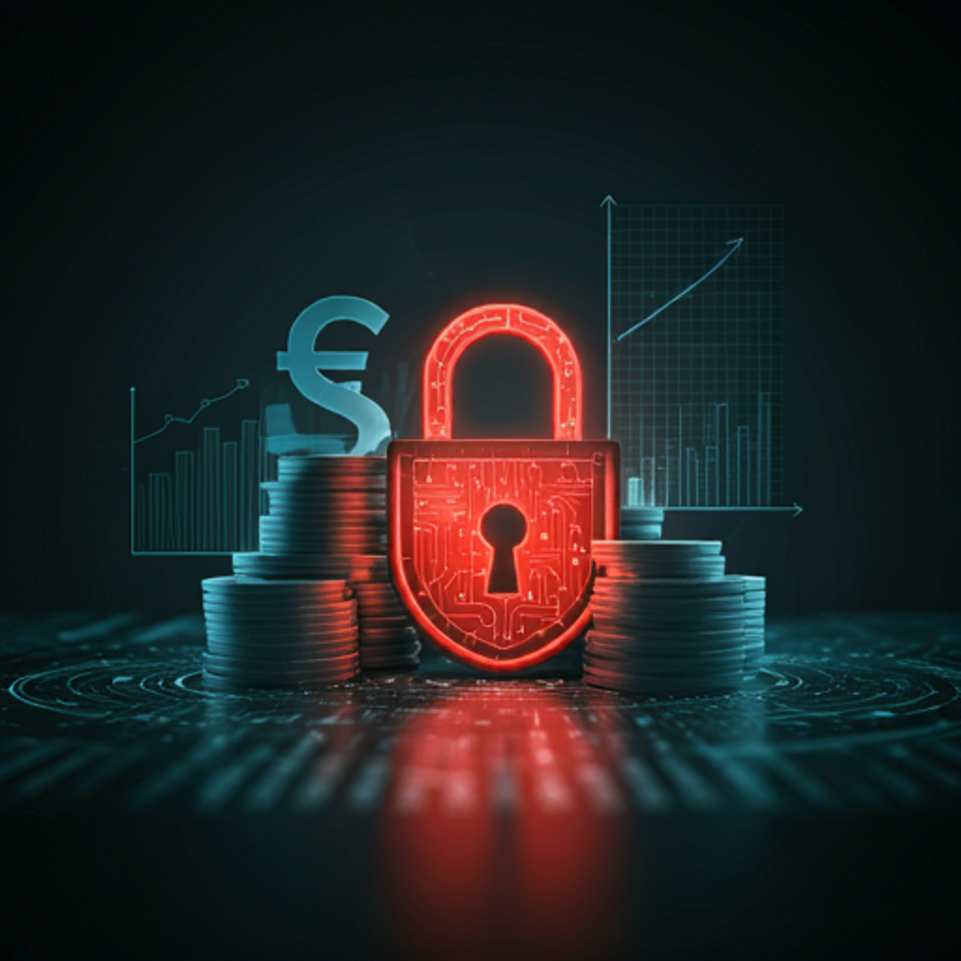Introduction to Cybersecurity in Finance
The Importance of Cybersecurity
In the financial sector, cybersecurity is paramount. It safeguards sensitive data and protects against financial losses. With increasing digital transactions, the risk of cyber threats escalates. This is a serious concern. Financial institutions must prioritize robust security measures. They can prevent breaches effectively. A single incident can lead to significant reputational damage. Trust is essential in finance. Therefore, investing in cybersecurity is not optional; it is a necessity.
Overview of Financial Threats
Financial threats encompass various risks that can undermine stability. Key threats include:
These risks can lead to substantial financial losses. Awareness is crucial for mitigation. Institutions must implement comprehensive risk management strategies. This is vital for safeguarding assets. Proactive measures can significantly reduce exposure. Prevention is better than cure.
Understanding Cryptocurrency Security
How Cryptocurrencies Work
Cryptocurrencies operate on decentralized networks using blockchain technology. This ensures transparency and security in transactions. Each transaction is recorded in a public ledger, which is immutable. This prevents tampering and fraud. Users maintain control over their private keys, essential for accessing their assets. Security is paramount in this digital landscape. A single breach can lead to significant losses. Vigilance is necessary for safeguarding investments.
Common Vulnerabilities in Cryptocurrency
Cryptocurrencies face several vulnerabilities that can jeopardize security. Common issues include inadequate wallet protection and phishing attacks. These threats can lead to unauthorized access. Users must remain vigilant. Additionally, smart contract bugs can expose funds to exploitation. This is a critical concern. Regular audits and updates are indispensable for mitigating risks. Prevention is key in this environment.
Types of Cyber Threats in Finance
Phishing Attacks
Phishing attacks are prevalent in the financial sector. These attacks often involve deceptive emails or websites. They aim to steal sensitive information. Victims may unknowingly provide personal data. This can lead to identity theft or financial loss. Awareness is crucial for prevention. Users should verify sources before sharing information. Trust your instincts; stay cautious online.
Ransomware and Malware
Ransomware and malware pose significant threats in finance. Ransomware encrypts data, demanding payment for access. This can cripple operations and lead to financial losses. Malware, on the other hand, can steal sensitive information. Both require immediate attention and response. Regular backups are essential for recovery. Stay informed about emerging threats.
Best Practices for Protecting Your Assets
Using Strong Passwords and Two-Factor Authentication
Using strong passwords and two-factor authentication is essential for asset protection. Complex passwords reduce the risk of unauthorized access. They should include a mix of characters and numbers. Two-factor authentication adds an extra layer of security. This requires a second verification step. It significantly decreases the likelihood of breaches. Security is paramount in finance.
Regular Software Updates and Security Patches
Regular software updates and security patches are critical for maintaining system integrity. They address vulnerabilities that could be exploited by cybercriminals. Timely updates enhance overall security posture. This is essential for protecting sensitive financial data. Neglecting updates can lead to significant risks. Stay proactive to avoid breaches. Security is a continuous process.
Secure Storage Solutions for Cryptocurrency
Hot Wallets vs. Cold Wallets
Hot wallets are connected to the internet, providing easy access for transactions. However, this connectivity increases vulnerability to cyber threats. Cold wallets, in contrast, are offline storage solutions. They offer enhanced security for long-term asset holding. Users must weigh convenience against security risks. A balanced approach is essential. Choose wisely to protect investments.
Choosing the Right Wallet for Your Needs
Choosing the right wallet depends on individual needs and usage patterns. Factors include security, accessibility, and transaction frequency. Hot wallets offer convenience for frequent transactions. Cold wallets provide superior security for long-term storage. Users should assess their risk tolerance carefully. A well-informed choice enhances asset protection. Security is paramount in cryptocurrency management.
Regulatory Framework and Compliance
Understanding financial regulations is crucial for compliance. These regulations govern market practices and protect investors. They vary by jurisdiction and can be complex. Adhering to these rules mitigates legal risks. Organizations must implement robust compliance programs. This ensures alignment with regulatory requirements. Knowledge is power in finance. Stay informed to avoid penalties.
Compliance Best Practices for Cryptocurrency Businesses
Compliance best practices for cryptocurrency businesses include implementing robust Know Your Customer (KYC) procedures. These measures help verify user identities and prevent fraud. Additionally, businesses should conduct regular audits to ensure adherence to regulations. This promotes transparency and accountability. Training staff on compliance protocols is essential. Knowledgeable employees reduce risks significantly. Awareness is key in this industry.
The Role of Blockchain in Cybersecurity
How Blockchain Enhances Security
Blockchain enhances security through its decentralized nature. This structure makes it difficult for malicious actors to alter data. Each transaction is recorded in a secure, immutable ledger. This ensures transparency and accountability. Additionally, cryptographic techniques protect sensitive information. Security is a fundamental aspect of blockchain. Trust is built through robust technology.
Challenges and Limitations of Blockchain Security
Blockchain security faces several challenges and limitations. Scalability issues can hinder transaction speed and efficiency. This may lead to delays in processing. Additionally, smart contract vulnerabilities can expose systems to risks. These weaknesses require careful coding and testing. Furthermore, regulatory uncertainties can complicate implementation. Awareness is crucial for effective management. Security is an ongoing concern.
Future Trends in Cybersecurity for Finance
Emerging Technologies and Their Impact
Emerging technologies significantly impact cybersecurity in finance. Artificial intelligence enhances threat detection and response capabilities. This leads to quicker mitigation of risks. Additionally, blockchain technology improves transaction security and transparency. These advancements create a more secure environment. Organizations must adapt to these changes. Staying informed is essential for success. Security is a continuous journey.
Preparing for Future Threats
Preparing for future threats requires proactive strategies. Organizations must conduct regular risk assessments to identify vulnerabilities. This helps prioritize security measures effectively. Additionally, investing in employee training enhances awareness of potential threats. Knowledgeable staff can prevent breaches. Staying updated on emerging technologies is crucial. Adaptability is key in cybersecurity. Security is everyone’s responsibility.
